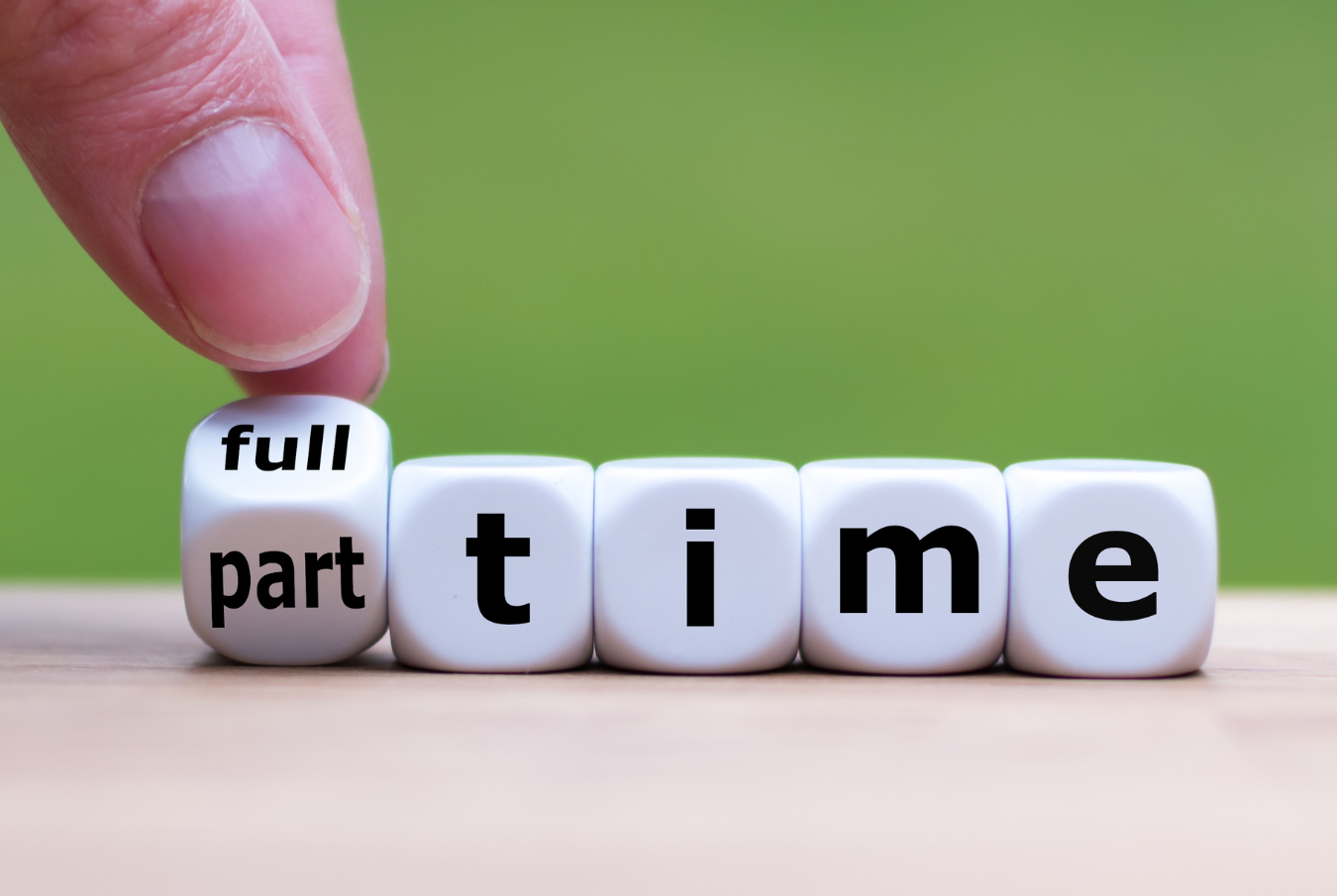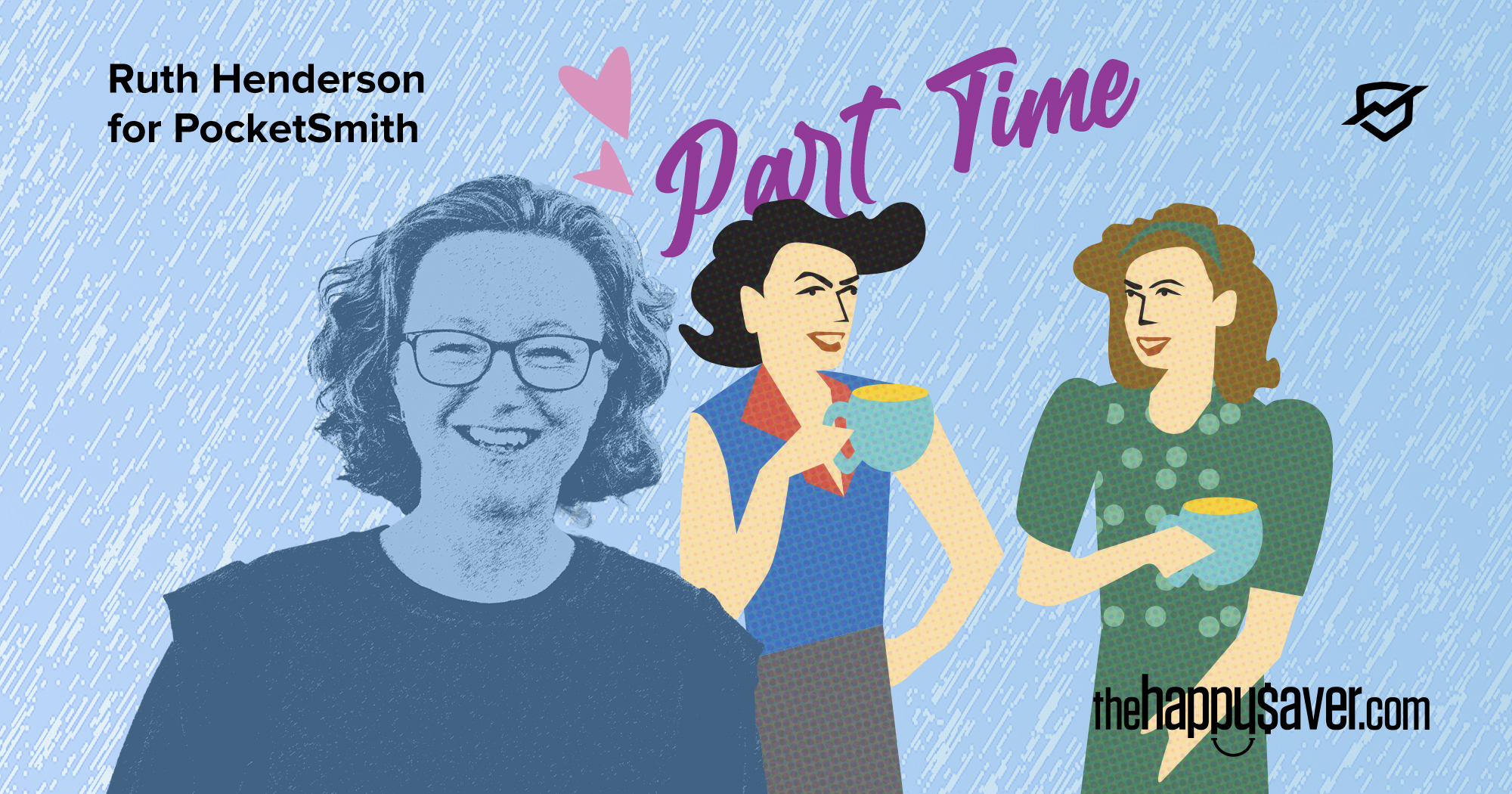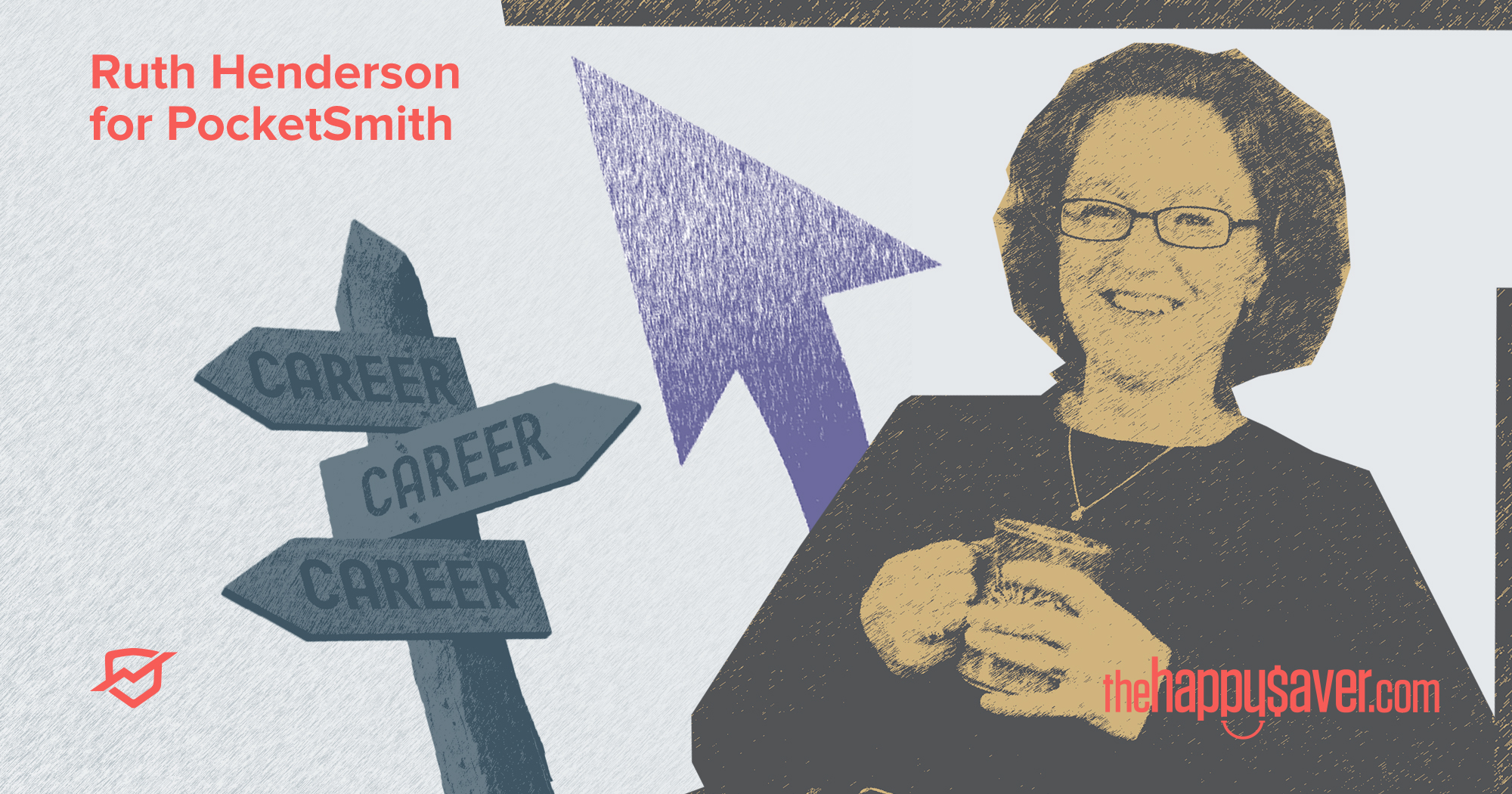One of the most common questions my husband Jonny and I get when we meet people, and they realize that we each only work part-time is, “I couldn’t do that. I don’t know what I would do all day”. The second question is, “How do you survive financially?”
Working part-time is undoubtedly not for everyone, and because we moved to part-time work while still young, it raises a few eyebrows.
Why would you want to work less?
It’s a fair question. If you simply love your job and everything that goes with it, I genuinely believe that as long as no other parts of your life are suffering, then by all means, keep working a lot. But if your life feels out of kilter, perhaps stopping working so darn much might be the right thing to do.
In our case, our life felt off balance, and we knew there were other things we wanted to do with our time other than working, so year by year, we changed course and began to work less and less, and we couldn’t be happier. We each get the following:
- The satisfaction of working jobs we enjoy.
- The enjoyment of working together on a side hustle.
- Plenty of time together as a family.
- Both being present and available as parents.
- Plenty of time alone, or with friends, enjoying our individual interests.
It was not a straight line that brought us to this point, but we did have a goal in mind to work less, so each time the opportunity to move closer to that goal came up, we took it — one step at a time.
Being more productive, not less
When you work less at your day job, you need to be aware that you will structure your time quite differently, because the concept of the 9-5, Monday to Friday traditional working week goes out the window. For Jonny and I, there are the constants of working two set days each week and the routine of Monday to Friday schooling for our daughter, but anything goes other than those two commitments!
We each have 24 hours in a day, filling those hours in different ways, both of us settling into some sort of pattern. And just like when we worked, we are still looking to find challenges, social interactions, a sense of meaning, purpose and satisfaction, some income, plus some exercise for both brain and body. So how I choose to work is, starting on a Monday, I write myself a list of things I want to achieve over the next seven days. I’ll do them in no particular order; I’m happy as long as I’ve crossed them all off by the end of Sunday. Each job on my to-do list will touch on the above criteria somehow.
When we are not ‘at work’, the way we work is now very fluid and doesn’t follow a set routine, as a day job does. There are many distractions to divert us away from the plan we had in mind for the hour or the day! That’s a unique way to work, and we are both still adjusting to so much more of our time being our own. Time management is key, and the most challenging part is finding the focus to complete a task before moving on to the next.
Therefore, if you are pulling back to part-time work, you need to replace the things you will lose; you need to curate your free time well in a way that brings you happiness and is a good use of time. What you consider a good use of time is entirely up to you.
There will be a period of adjustment
Our move to both working part-time has been gradual. I’ve had to fight the desire to fill every waking moment with something, reminding myself that it’s okay to relax and ‘waste’ time. There have been a few times that Jonny, in particular, has questioned working less as he sometimes struggles to structure his days. But that’s okay; one door closes, and he is just finding new ones to open.
We spent all those years working full-time because we wanted to find meaning, create a difference at our workplace and feel we did a job well. That drive and ambition have stayed the same, but it takes a little time to direct that energy somewhere else.
I believe that moving from full-time work to retirement must be the most challenging thing because you suddenly have a whole week that you need to fill, so moving to part-time work first really does even out the ride.

Plan your transition
Before you leap from full-time to part-time work:
- Discuss ideas and options with those closest to you impacted by your reduced hours.
- To ensure everyone is happy, discuss it with your colleagues and how your working less will impact them.
- Look at your household spending and earning, and decide how you will survive on a reduced income. In our case, our reduced incomes, plus income from our side hustle, are still more than enough to live comfortably on.
- Forecast your spending and be honest about the fact that you might spend more than before because you suddenly have time to do new projects.
- On your non-working days, create a daily planner, as this will give you a sense of purpose and structure and is particularly useful in those early months.
- Be flexible. Know that returning to work is always an option!
What about money?
Our move to part-time work was well thought out; it was in the planning phase for years. The key was getting our living costs as low as possible, so becoming debt-free was a considerable part of our planning. But when I say ‘planning’, it was less about the math and more about conversations about what we wanted in life and how we would need to position ourselves to get there financially. Our ultimate goal was and still is for Jonny to quit work entirely and for me to stay working part-time. Why? Because that is what will make each of us happy.
Therefore, we didn’t want to be forced back into full-time work due to money. Of course, if we had to, we wouldn’t hesitate, but the goal was to live comfortably on our part-time incomes or by using a portion of our share market investments.
So, I looked at our weekly, monthly and annual spending in PocketSmith, which helped me figure out how much we would need to earn from working to cover our costs, still pay into our retirement accounts, and keep up our standard of living. We rely heavily on Sinking Funds to save in advance for upcoming expenses that we know of, plus we keep a six-month emergency fund on hand for those costs we couldn’t predict. I closely monitor our spending using the PocketSmith pinwheel, knowing that we can quickly trim our spending if we need to. We don’t sail close to the wind with our money, and we keep a decent cash buffer meaning that if our incomes start to dwindle and we struggle to cover costs, we have both time and money to draw on while we try to fix the income issues.
It’s working well so far
What I’ve noticed is that when you are younger and choosing to work less, society expects you to be constantly ‘doing something’ with your time. On the one hand, people can be quite judgy, while on the other hand, they have little interest in what you are doing. People are busy enough living their own lives to give yours more than a cursory glance. So I think it’s vital to do things with your time that are meaningful to YOU and be unapologetic about that. Our working life looks different to all our friends, but working less was not us overreacting to hating our jobs. It was instead a considered move towards finding a better balance in life. And although we are still working out some kinks, we have indeed found that. I would encourage you to curate your life well, too, because we each have one shot at it.
Happy saving!

Ruth blogs at thehappysaver.com all about how she and her family handle money. What’s the secret? Spend less than you earn, invest the difference, avoid debt and budget each dollar that flows through your hands. She firmly believes that if you can just get the basics right, life becomes easier from there on in.








